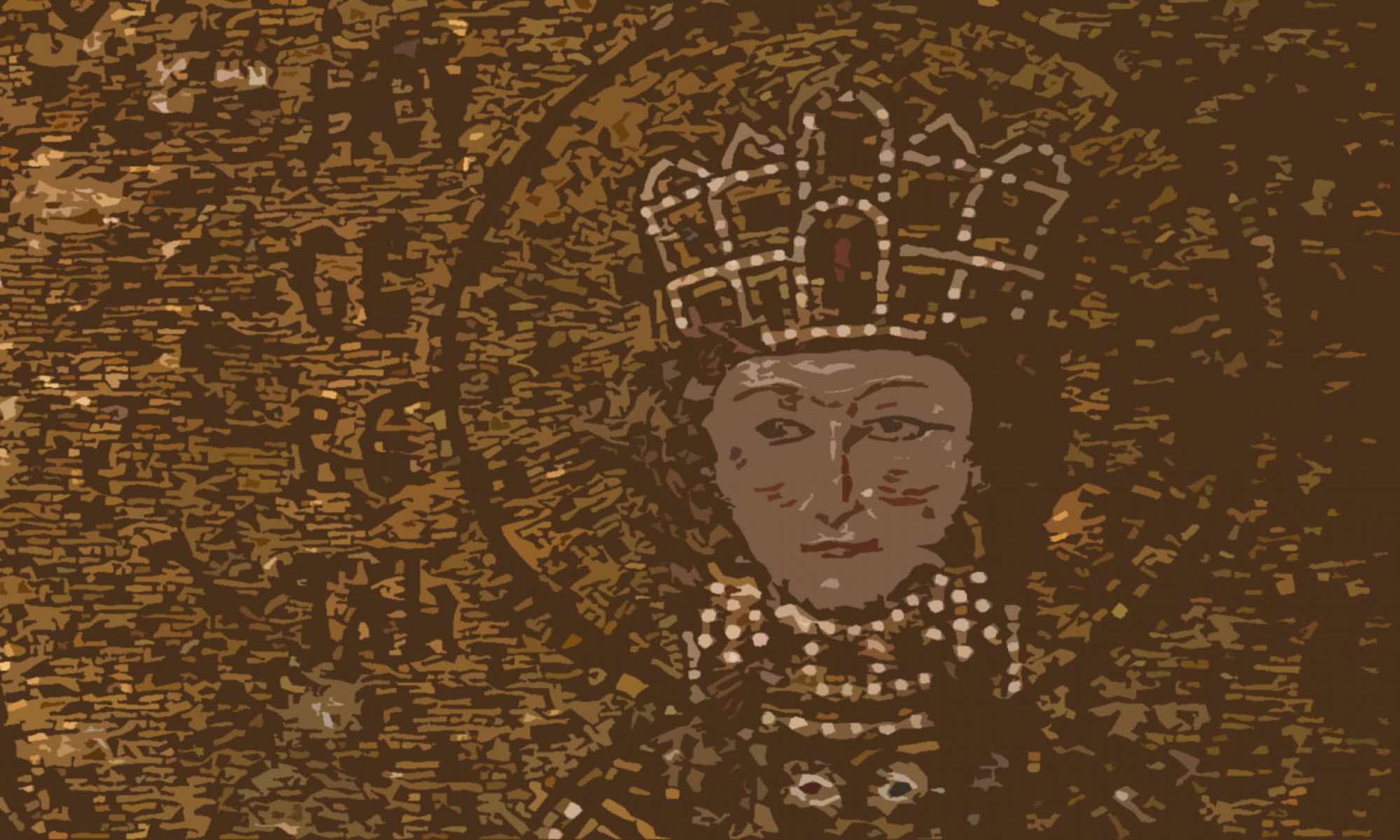In the computer programming world I have occasionally come across the concept of ‘conference-driven development’ (and, let’s be honest, I’ve engaged in it myself a time or two.) This is the practice of submitting a talk to a conference that describes the brilliant software that you have written and will be demonstrating, where by “have written” you actually mean “will have written”. Once the talk gets accepted, well, it would be downright embarrassing to withdraw it so you had better get busy.
It turns out that this concept can also work in the field of humanities research (as, I suspect, certain authors of Digital Humanities conference abstracts are already aware.) Indeed, the fact that I am writing this post is testament to its workability even as a means of getting a doctoral thesis on track. (Graduate students take note!)
In the autumn of 2007 I was afloat on that vast sea of Ph.D. research, no definite outline of land (i.e. a completed thesis) in sight, and not much wind in the sails of my reading and ideas to provide the necessary direction. I had set out to create a new critical edition of the Chronicle of Matthew of Edessa, but it had been clear for a few months that I was not going to be able to collect the necessary manuscript copies within a reasonable timeframe. Even if I had, the text was far too long and copied far too often for the critical edition ever to have been feasible.
One Wednesday evening, after the weekly Byzantine Studies department seminar, an announcement was made about the forthcoming Cambridge International Chronicles Symposium to be held in July 2008. It was occurring to me by this point that it might be time to branch out from graduate-student conferences and try to get something accepted in ‘grown-up’ academia, and a symposium devoted entirely to medieval chronicles seemed a fine place to start. I only needed a paper topic.
Matthew wrote his Chronicle a generation after the arrival of the First Crusade had changed pretty much everything about the dynamics of power within the Near East, and his city Edessa was no exception. Early in his text he features a pair of dire prophetic warnings attributed to the monastic scholar John Kozern; the last of these ends with a rather spectacular prediction of the utter overthrow of Persian (read: Muslim, but given the cultural context you may as well read “Persian” too) power by the victorious Roman Emperor, and Christ’s peace until the end of time. It is a pretty clearly apocalyptic vision, and much of the Chronicle clearly shows Matthew struggling to make sense of the fact that some seriously apocalyptic events (to wit, the Crusade) occurred and yet it was pretty apparent forty years later that the world was not yet drawing to an end with the return of Christ.
Post-apocalyptic history, I thought to myself, that’s nicely attention-getting, so I made it the theme of my paper. This turned out to be a real stroke of luck – I spent the next six months considering the Chronicle from the perspective of somewhat frustrated apocalyptic expectations, and little by little a lot of strange features of Matthew’s work began to fall into place. The paper was presented in July 2008; in October I submitted it for publication and turned it into the first properly completed chapter of my thesis. Although this wasn’t the first article I submitted, it was the first one that appeared in print.
